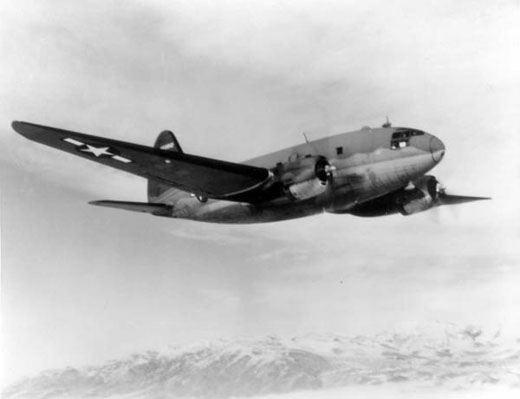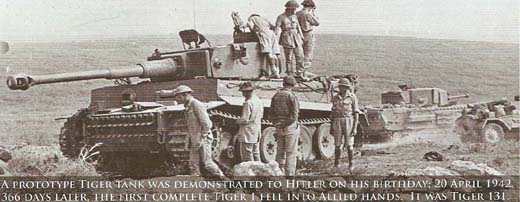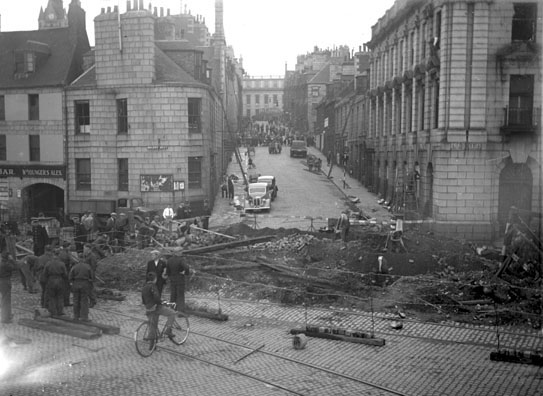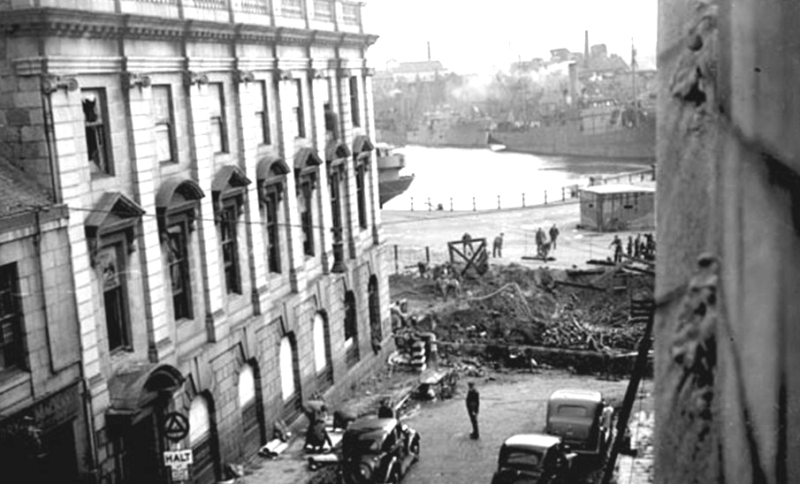Air Operations, Bismarcks
43rd Heavy Bomb Group B-17s mount individual attacks against Gasmata and Ubili.
[Air Operations, CBI
BURMA- 8 341st Medium Bomb Group B-25s attack the rail yards at Maymyo and 9 B-25s attack a bridge at Myitnge.
- 4 7th Heavy Bomb Group B-24s attack Bangkok, but 12 others abort in the face of bad weather. The assigned target is an arsenal but the crews are unable to locate it.
Air Operations, East Indies
V Bomber Command B-25s attack Laga, Timor.
[Air Operations, Europe
There is a night raid on Aberdeen. There is a direct hit on an air raid shelter causing heavy casualties.
|
|
- 127 Bombs dropped (mixture of Incendiary, High Explosive and Cluster Bombs)
- 98 Civilians killed
- 27 Servicemen killed at Gordon Barracks
- 93 Serious injuries
- 139 Slight injuries
- 9,668 houses damaged
Daylight Ops:
- 11 Venturas bomb the railway yards at Abbeville.
- 3 Venturas are lost.
Air Operations, Mediterranean
- 79th Fighter Group P-40 pilots down 3 Bf-109s near Cap Bon during a dawn sweep.
- IX Fighter Command P-40s strafe and bomb barges along the coast.
Air Operations, New Guinea
- V Bomber Command B-25s attack Kaimana.
- 43rd Heavy Bomb Group B-17s mount individual attacks against villages in northeastern New Guinea.
Air Operations, South Pacific
In retaliation for the previous day's attack on Nauru by US planes, the Japanese make a pre-dawn attack on the Funafuti airfield in the Ellice Islands. 1 VII Bomber Command B-24 is struck by a bomb, and its bombs damage 5 other B-24s when they are detonated.
[Air Operations, Tunisia
- NASAF medium and heavy bombers are grounded by bad weather, but NATBF A-20s, fighters, and fighter-bombers mount a variety of missions in support of Allied ground forces.
- 31st Fighter Group Spitfire pilots down 3 BF-109s, 2 FW-190s, and 2 FW-190s, respectively, in three separate missions.
Britain, Policy
Churchill warns the Germans of reprisals if they use poison gas against the Russians.
[ C-46 Commando Cargo Transport |
 |
Indian Ocean
The US freigher John Drayton is torpedoed by the Italian submarine Leonardo da Vinci off the coast of South Africa and abandoned. The submarine then finishes off the freigher with gunfire. 21 crewmen and 6 Armed Guard sailors are lost in the attack.
[Japan, Command
Adm Mineichi Koga is appointed to succeed Adm Isoroku Yamamoto in command of the Japanese Combined Fleet.
[Mediterranean
The British submarine Splendid is sunk by depth charges from the German destroyer Hermes south of the Isle of Capri with the loss of 18 of her crew. 30 of the crew are picked up by the German destroyer.
[North Africa
TUNISIAA German counter-attack in the sector between Medjez el Bab and Goubellat, at the center of the Allied line, is driven back with heavy loss.
The 18th Army Group completes its preparations for the main VULCAN assault. The US 34th Div, which has trained vigorously in the vicinity of Fondouk and Maktar, begins moving during the night to the new zone of the US II Corps.
In the British 1st Army area, the enemy counterattacks in the Medjez el Bab-Goubellat area which results in a costly failure. This action delays the start of the 46th Div, IX Corps, by a few hours on the 22nd.
The British 8th Army concludes offensive operations in Tunisia. The X Corps is so bitterly opposed at Takrouna that Gen Montgomery decides late in the day to confine the offensive to the coastal region. The army subsequently regroups while holding its current positions. The offensive is never renewed.
Destructive Force of German Tiger Tank |
 |
Unites States, Home Front
Roosevelt condemns the beheading of US airmen captured by the Japanese during the 'Doolittle Raid'. With credible indications from neutral sources and American intelligence that American prisoners of war are being executed by the Japanese, Pres Roosevelt issues a statement on criminal responsibility: 'This government vigorously condemned this act of barbarity in a formal communication sent to the Japanese Government. In that communication this Government has informed the Japanese Government that the American Government will hold personally and officially responsible for these diabolical crimes all of those officers of the Japanese Government who have participated therein and will in due course for the postwar trial of war criminals in Japan.
[
